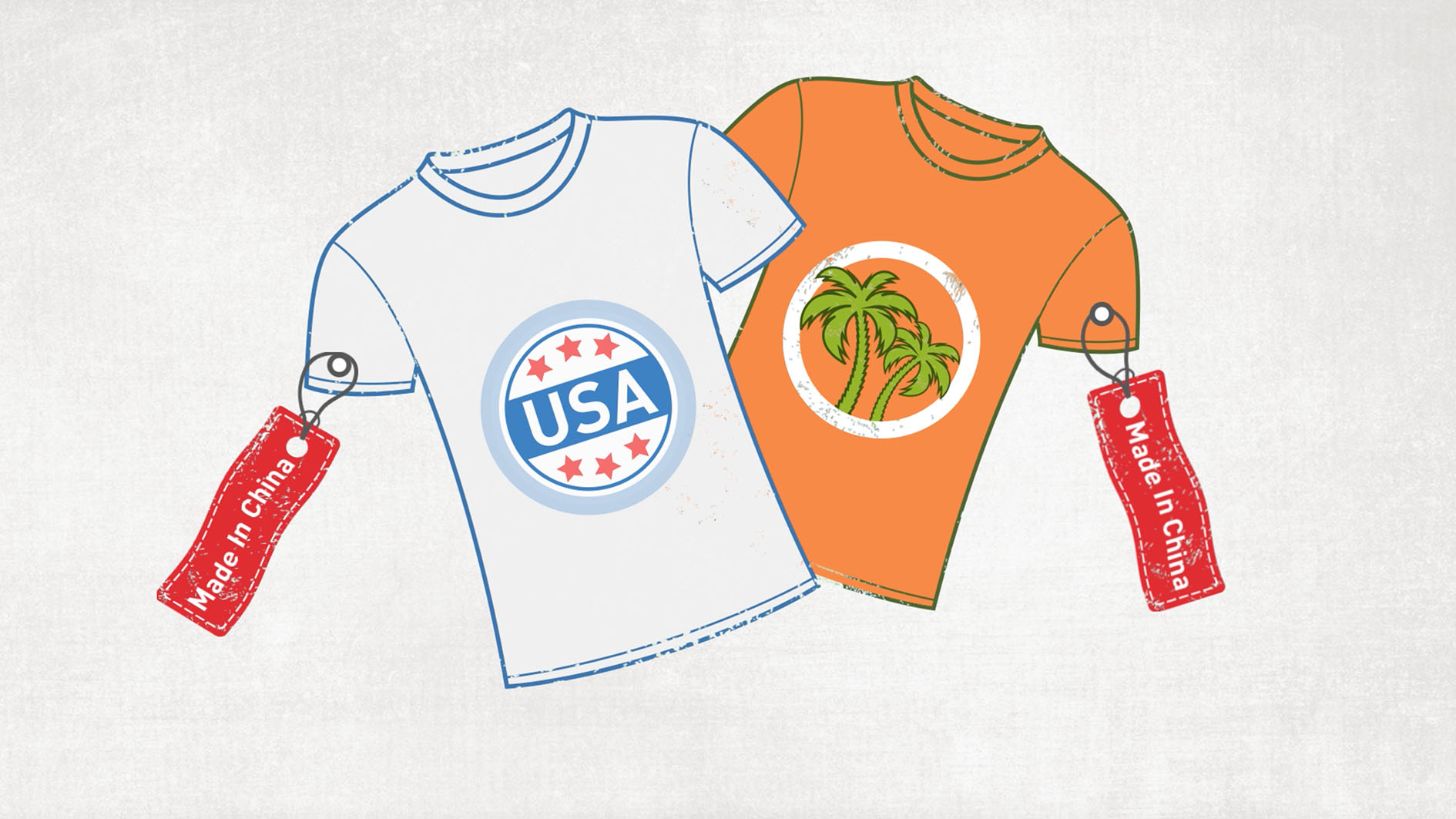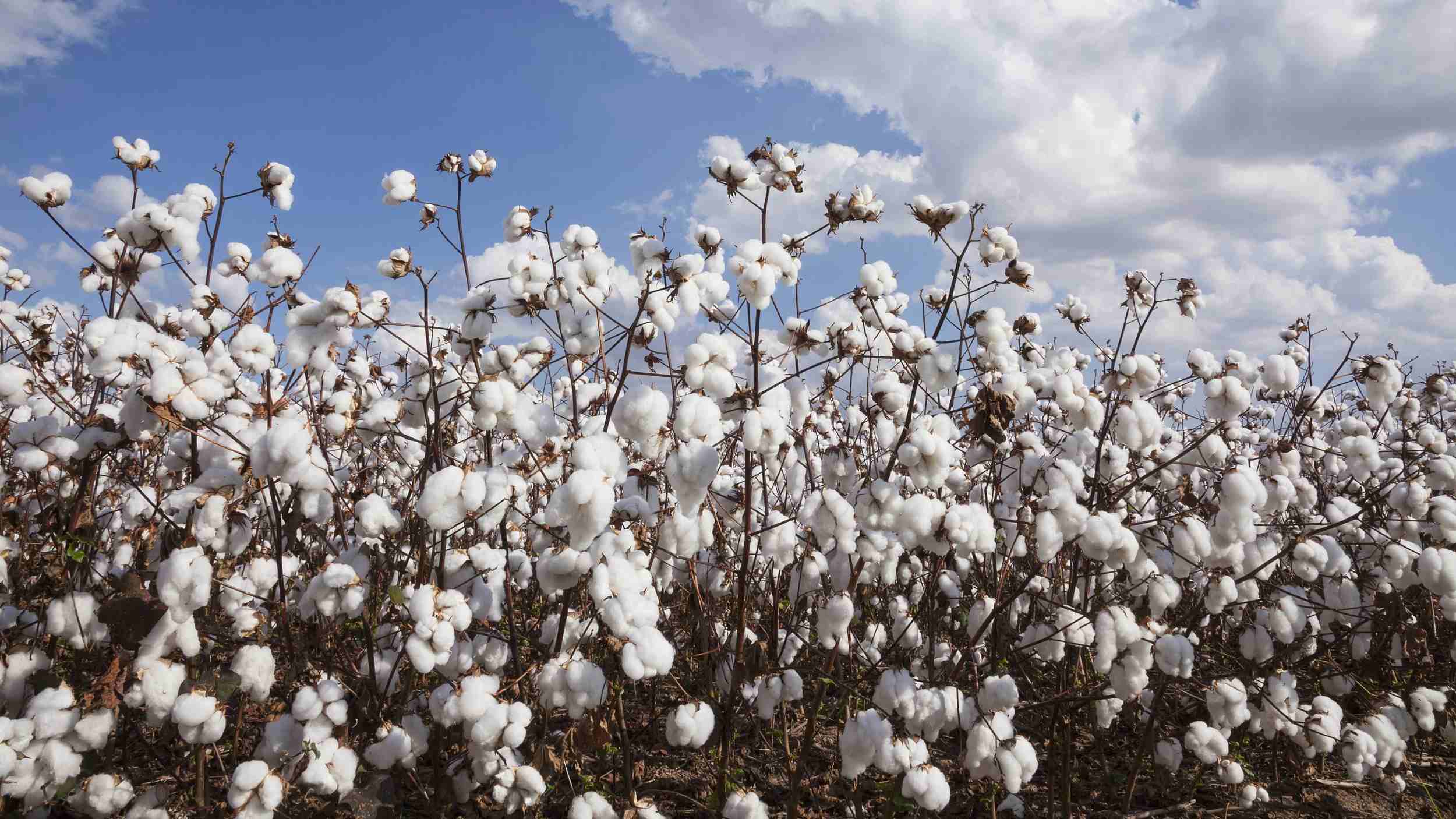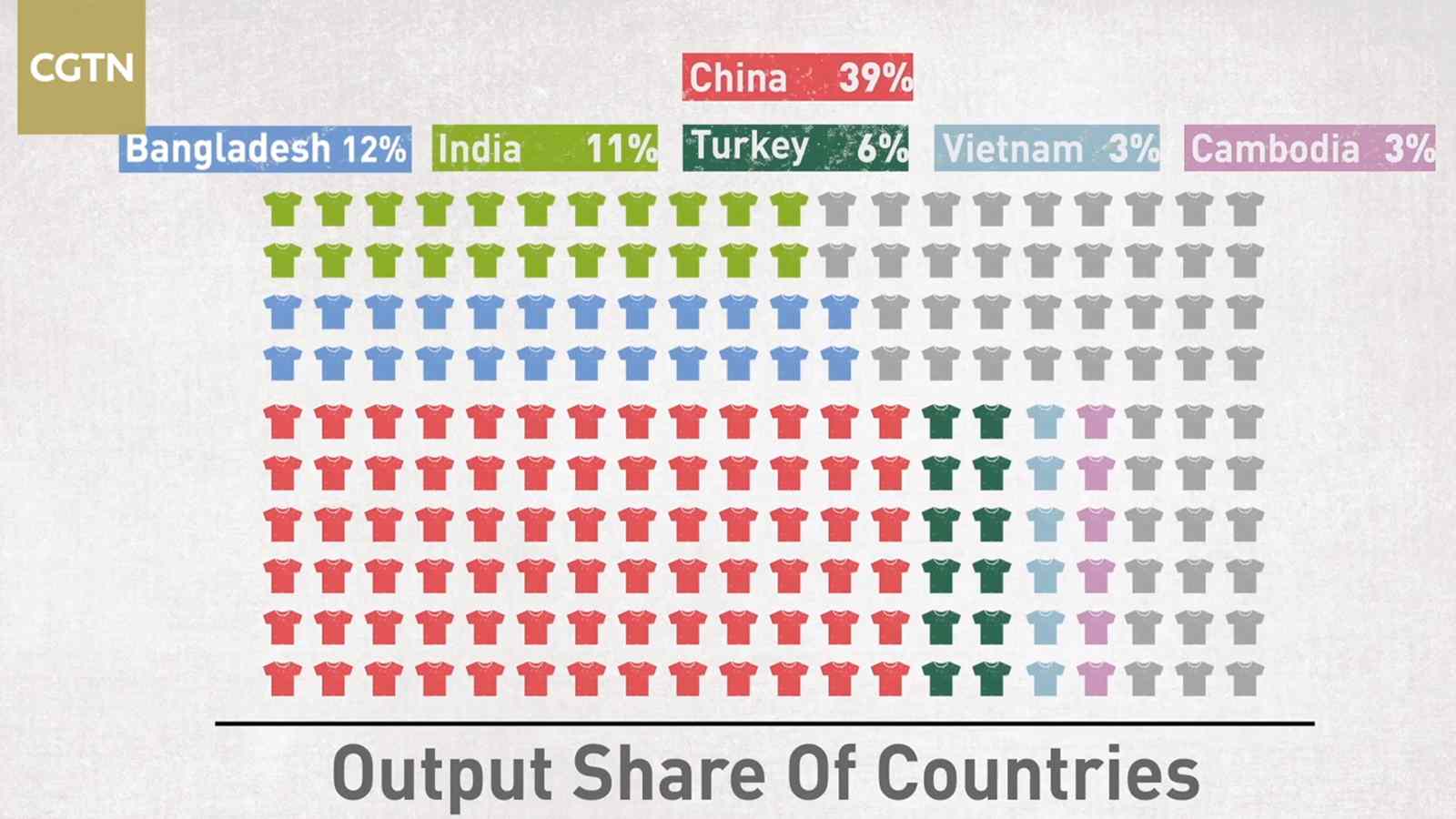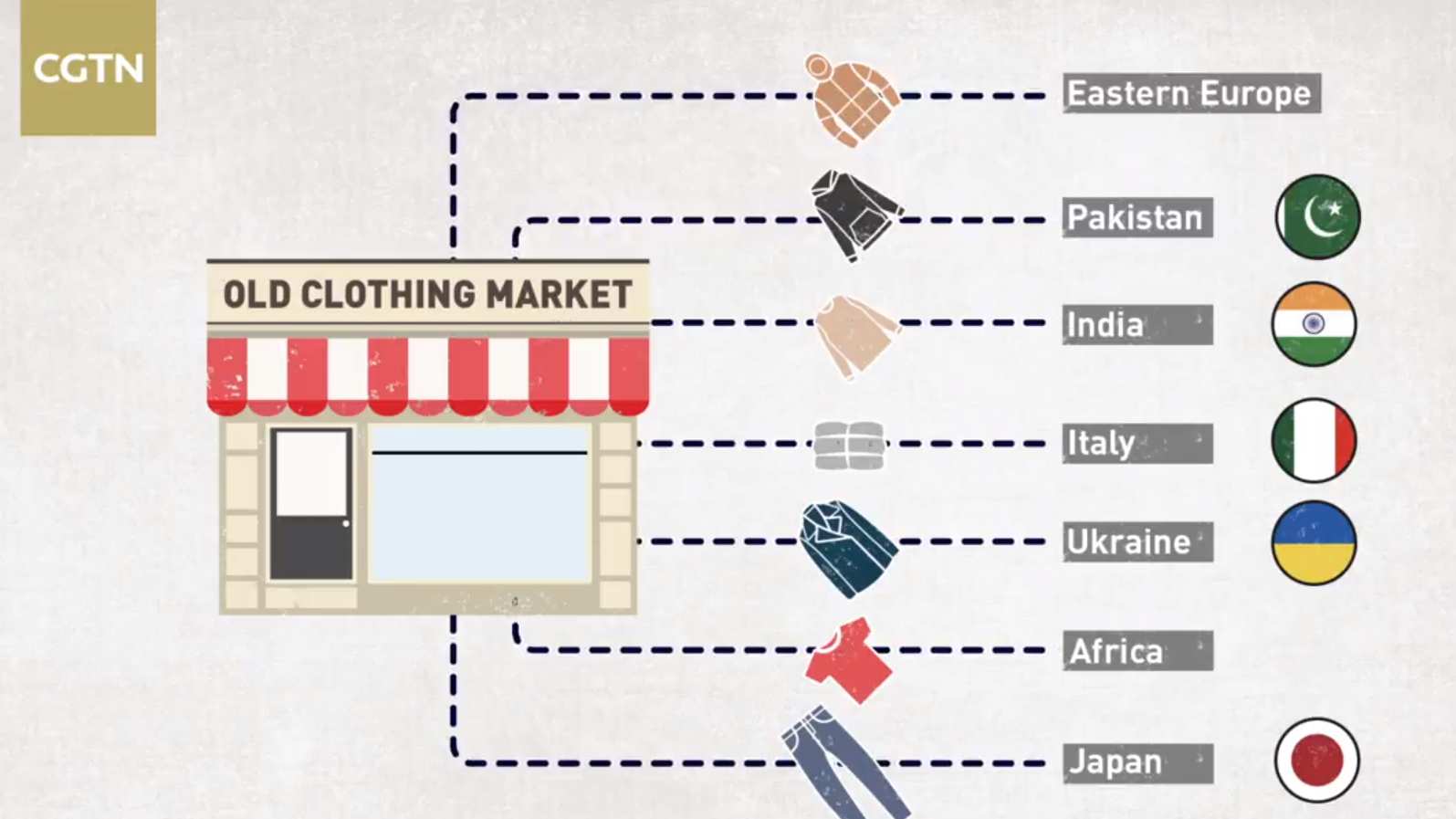
Business
10:23, 02-Nov-2018
Mapping global trade: From cotton to T-shirt
Updated
10:23, 05-Nov-2018
By CGTN's Nick Moore
01:36

Did you know that the story of globalization and economic cooperation can start with just one single cotton ball?
Cotton is a hugely important raw material in the textile industry, with millions of tons of it produced and sold around the world each year.
You've probably got a few T-shirts back home made from cotton, but do you know how it got to be inside your closet? The journey from cotton ball to items of clothing covers thousands of miles, crisscrossing the world from country to country.

Cotton is a hugely important raw material in the textile industry, with millions of tons of it produced and sold around the world each year. /VCG Photo
Cotton is a hugely important raw material in the textile industry, with millions of tons of it produced and sold around the world each year. /VCG Photo
China has one of the world's largest textile industries, with 20 million workers relying on imports from countries like Brazil, India and the US as they create products like the T-shirts we buy, sell and wear around the world.
As of December 2017, the US was the biggest source of Chinese cotton imports, representing 35 percent of all incoming cotton. It was followed by Brazil (27 percent) and India (18 percent), with Australia, Uzbekistan and Mexico among other major exporters.
What does China do with all of that cotton? When it comes to T-shirts, it produces 5.16 billion units every year – representing half of all global output, ahead of Bangladesh and India.

China produces 5.16 billion T-shirts every year, which constitute almost half of total global output. /CGTN Photo
China produces 5.16 billion T-shirts every year, which constitute almost half of total global output. /CGTN Photo
After being imported to China as cotton, the production process is completed and billions of these T-shirts hit the high seas once again, exported to all four corners of the world.
Once these T-shirts are sold off as high-end consumer products or cheaper goods in markets across every continent, does the journey stop there? Not necessarily.

T-shirts can end up at rag fairs or charity stores, but the rise of e-commerce brings a new trend. /CGTN Photo
T-shirts can end up at rag fairs or charity stores, but the rise of e-commerce brings a new trend. /CGTN Photo
While many of these T-shirts can end up at rag fairs or charity stores, the rise of e-commerce means that more and more individual merchants can now buy up blank T-shirts, add their own designs and sell them on online platforms.
A report by Credence Research earlier this year found that custom T-shirt printing market could be worth as much as 10 billion US dollars in its own right by 2025.
(Voiceover: Jeff Moody, Project Manager: Zhang Xiaohe)

SITEMAP
Copyright © 2018 CGTN. Beijing ICP prepared NO.16065310-3
Copyright © 2018 CGTN. Beijing ICP prepared NO.16065310-3